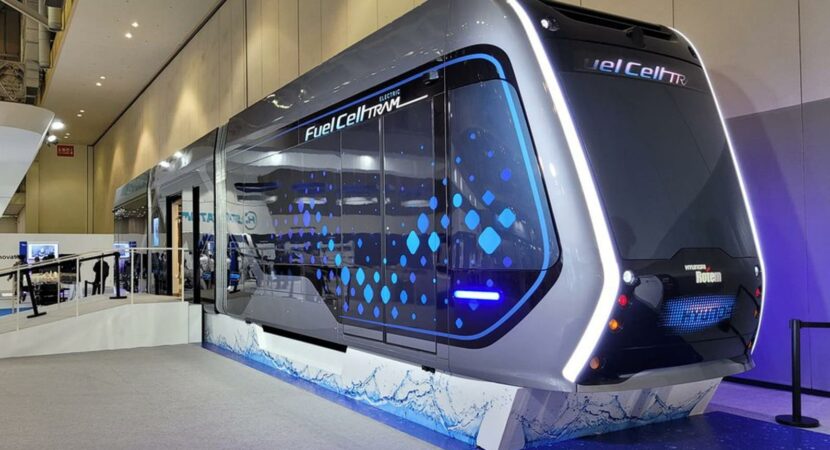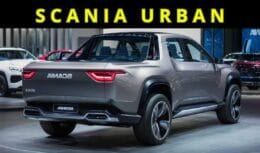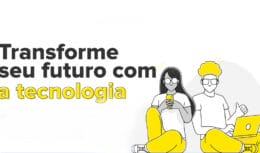
In the Korean city of Ulsan, Hyundai Rotem has signed a memorandum of understanding (MoU) to produce and test the country's first hydrogen-powered LRV. The agreement was signed during an event attended by the Mayor of Ulsan, Mr. Cheol-ho Song and Mr. Yong-bae Lee, CEO of Hyundai Rotem.
Hyundai Rotem will be responsible for the development of the first hydrogen-powered tram, upgrades to infrastructure and signaling systems, as well as hydrogen charging stations and vehicle operation. The city of Ulsan will provide administrative support for the approval of test lines and the installation of new charging stations.
Read other related news
Hyundai's hydrogen-powered VLT will be tested and fitted with air filters capable of purifying around 800μg of particulate matter from the air per hour
The VLTS will be tested on a currently unused 4,6km line that connects to the Port of Ulsan. The project also involves the construction of a new deposit and the installation of hydrogen recharging stations.
Hyundai Rotem says being able to deliver the trams and charging stations will allow the supplier to identify problems before start-up and support a more cohesive and convenient maintenance plan for the team.
In addition to producing only water as an emission, the VLTs will be equipped with air filters capable of purifying around 800μg of particulates from the air per hour of operation and releasing 107,6kg of clean air in the same period. Similar technology has already been equipped in the hydrogen-powered Hyundai Nexo car, launched in 2018, and it is expected that the technology could significantly improve air quality in the city.
Project feasibility will be tested until the official launch
The main objective of the project will be to investigate the feasibility of using the technology in Ulsan's planned urban rail network. The city government announced plans for a Won 48,3 trillion (US$1,3 billion) four-line four-line tram network in July 1. The first 2019 km phase is scheduled to be completed in 25,3.
Hyundai Rotem announced its entry into the hydrogen train market in June, along with plans to develop a test vehicle. The company is currently working on a tram with a top speed of 70 km/h, capable of traveling 150 km on a single charge using 95 kW fuel cells, which it plans to use for the Ulsan project.
Hyundai Rotem also recently won three contracts in May for hydrogen reformers from Gangwon Techno Park and the Ministry of Commerce, Industry and Energy, where it started construction of a facility to produce hydrogen charging equipment at the Uiwang Research Institute.
KRRI is working on a vehicle with a maximum speed of 110 km/h that can travel 600 km on a single charge of hydrogen
The Korea Railway Research Institute (KRRI) is also developing a vehicle with a top speed of 110 km/h that can travel 600 km on a single charge of hydrogen, using hydrogen fuel cells with a capacity of 1,2 MW or more. .
In addition to making city buses and other forms of fuel cells for mass transit, Hyundai hopes to see the technology put to use in air mobility, robots and large ships. Its fuel cell modules can also be assembled like Lego bricks into megawatt-scale power generation.
Hyundai's virtual exhibition of its hydrogen plans and ideas concluded at a physical exhibition called HydroVille in Goyang, Korea, which ran from September 8-11.











